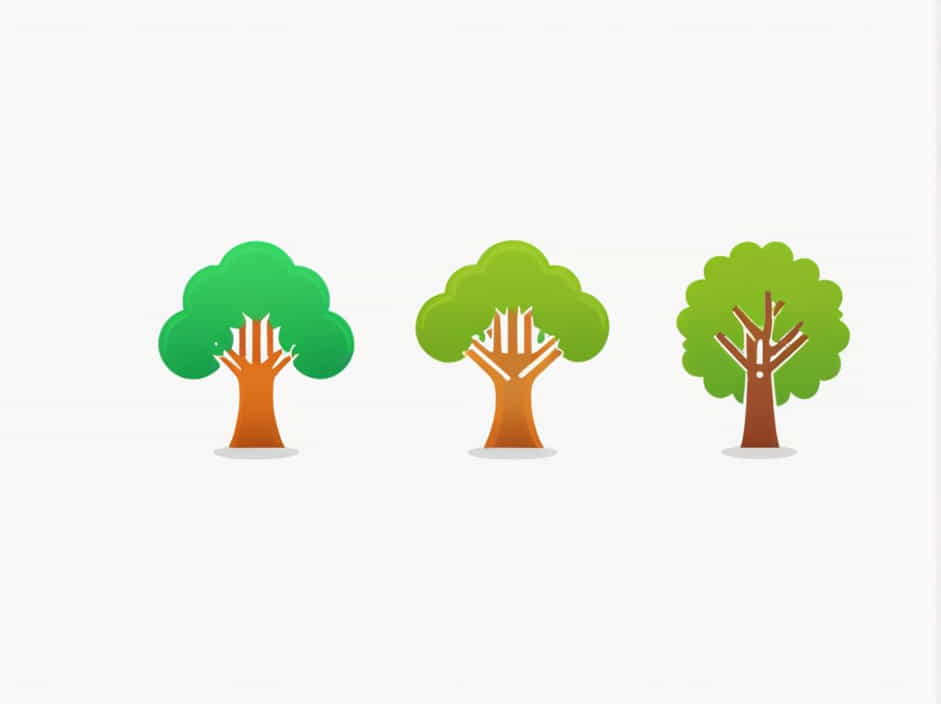Gymnosperms are a group of seed-producing plants that do not form flowers or fruits. Instead, their seeds develop on the surface of cones or scales. These plants are some of the oldest living plant species on Earth, with a history dating back over 300 million years.
The gymnosperms are classified into four major phyla:
- Cycadophyta (Cycads)
- Ginkgophyta (Ginkgoes)
- Coniferophyta (Conifers)
- Gnetophyta (Gnetophytes)
Each of these phyla has unique characteristics, adaptations, and examples that contribute to their survival in different ecosystems.
1. Cycadophyta (Cycads)
Characteristics of Cycads
Cycads are palm-like gymnosperms that thrive in tropical and subtropical regions. They have a distinct appearance with thick, woody stems and large, feathery leaves. These plants have been around since the Mesozoic era, often referred to as the “Age of Cycads and Dinosaurs.”
Key Features
- Dioecious plants (separate male and female plants).
- Large, compound leaves that resemble ferns or palm trees.
- Slow growth rate, but can live for hundreds of years.
- Produce cones, with male cones smaller and female cones larger.
Examples of Cycads
- Cycas revoluta (Sago Palm) – commonly used as an ornamental plant.
- Zamia integrifolia – native to North America.
- Dioon edule – found in Mexico, known for its drought tolerance.
2. Ginkgophyta (Ginkgoes)
Characteristics of Ginkgoes
Ginkgophyta consists of only one surviving species, Ginkgo biloba. This ancient tree is often called a living fossil because it has remained unchanged for millions of years. Native to China, ginkgo trees are now grown worldwide for their resilience and medicinal properties.
Key Features
- Fan-shaped leaves that turn bright yellow in autumn.
- Deciduous gymnosperms (shed leaves annually).
- Dioecious, meaning male and female trees are separate.
- Strong resistance to pollution, pests, and diseases.
- Seeds have a foul smell, due to butyric acid.
Examples of Ginkgoes
- Ginkgo biloba – the only living species, used in traditional medicine to improve memory and circulation.
Ginkgo trees are often planted in cities due to their ability to withstand harsh environmental conditions.
3. Coniferophyta (Conifers)
Characteristics of Conifers
Coniferophyta is the largest and most diverse phylum of gymnosperms, containing about 600 species. Conifers are found in cold and temperate regions, and they dominate many forests worldwide. These trees produce cones and have needle-like or scale-like leaves.
Key Features
- Evergreen in most species (retain leaves year-round).
- Needle-shaped leaves to reduce water loss.
- Wood rich in resin, providing protection from pests and diseases.
- Monoecious or dioecious, depending on species.
- Wind-pollinated reproduction using cones.
Examples of Conifers
- Pinus sylvestris (Scots Pine) – common in Europe and Asia.
- Sequoia sempervirens (Coast Redwood) – one of the tallest trees on Earth.
- Abies balsamea (Balsam Fir) – often used as a Christmas tree.
- Picea abies (Norway Spruce) – widely used for timber.
Conifers are crucial for timber production, paper manufacturing, and ecosystem stability in boreal forests.
4. Gnetophyta (Gnetophytes)
Characteristics of Gnetophytes
Gnetophyta is a unique group of gymnosperms with characteristics similar to both gymnosperms and angiosperms. Some species have vessel elements in their wood, a feature usually found in flowering plants.
Key Features
- Diverse habitats, ranging from tropical forests to deserts.
- Broad leaves in some species, unlike needle-like leaves in conifers.
- Advanced vascular tissue, making them more similar to angiosperms.
- Some species produce nectar, attracting pollinators like insects.
Examples of Gnetophytes
- Ephedra spp. – used in traditional medicine for respiratory issues.
- Gnetum gnemon – found in tropical Asia, with edible seeds and leaves.
- Welwitschia mirabilis – a desert plant with only two long leaves that grow continuously throughout its lifespan.
Gnetophytes are relatively rare compared to other gymnosperms but play important ecological and medicinal roles.
Gymnosperms vs. Angiosperms: Key Differences
Gymnosperms differ from angiosperms (flowering plants) in several ways:
| Feature | Gymnosperms | Angiosperms |
|---|---|---|
| Seed Enclosure | Exposed seeds on cones | Seeds enclosed in fruits |
| Pollination | Mainly wind-pollinated | Insect, wind, or animal pollination |
| Leaf Structure | Needle-like or scale-like leaves | Broad leaves |
| Growth Rate | Slow | Faster |
| Dominant Plants | Conifers, cycads, ginkgoes | Flowering plants (grasses, trees, shrubs) |
Despite their differences, both groups play essential roles in ecosystems and provide economic benefits in industries like lumber, medicine, and landscaping.
The four phyla of gymnosperms—Cycadophyta, Ginkgophyta, Coniferophyta, and Gnetophyta—represent some of the oldest and most resilient plant groups on Earth. Each phylum has unique adaptations that allow them to thrive in various environments, from tropical forests to freezing boreal regions.
Gymnosperms are important for biodiversity, economic resources, and ecological balance. They provide timber, medicine, and oxygen while acting as habitat for countless species. Understanding these plants helps scientists preserve and utilize them for future generations.
